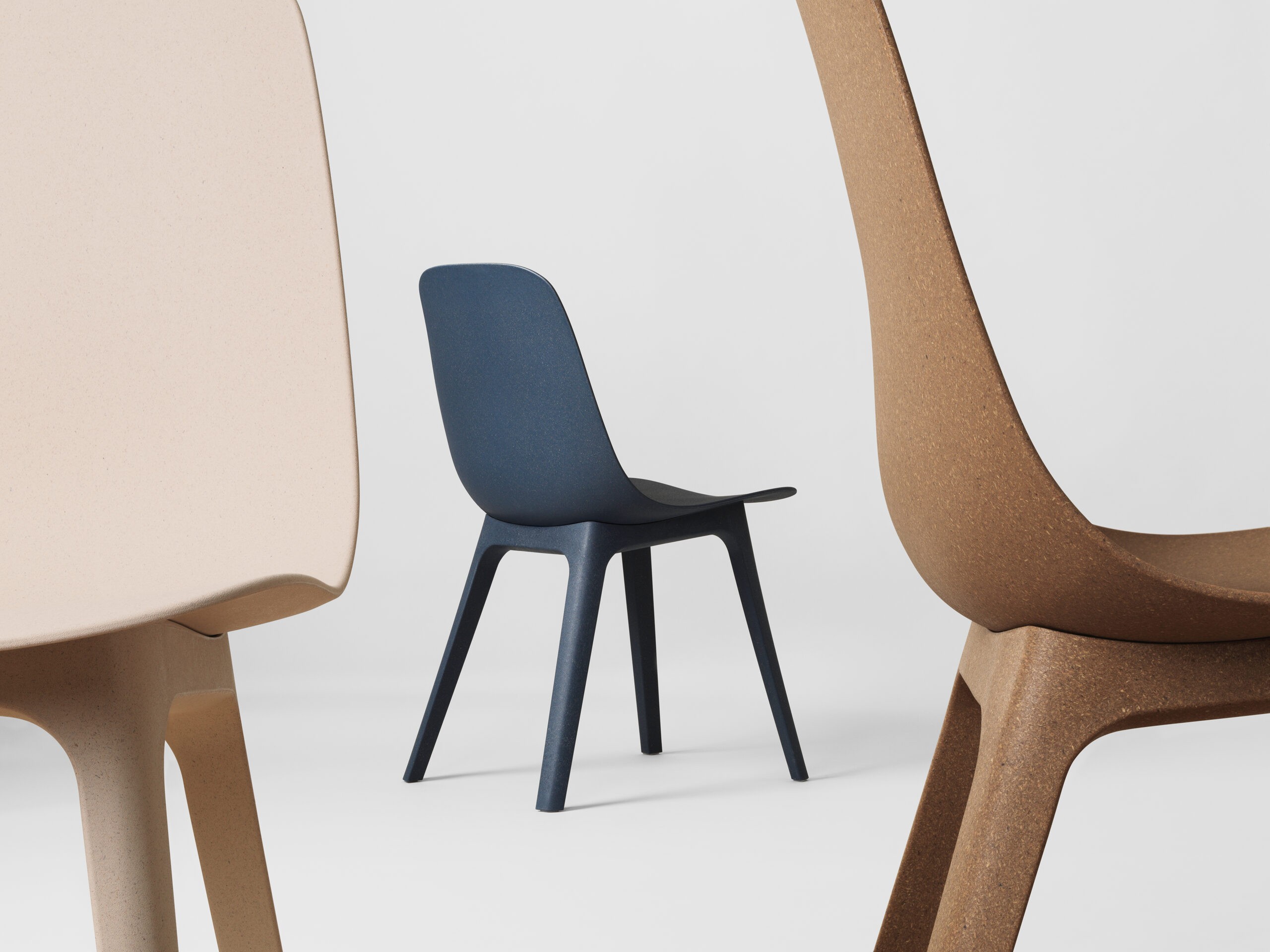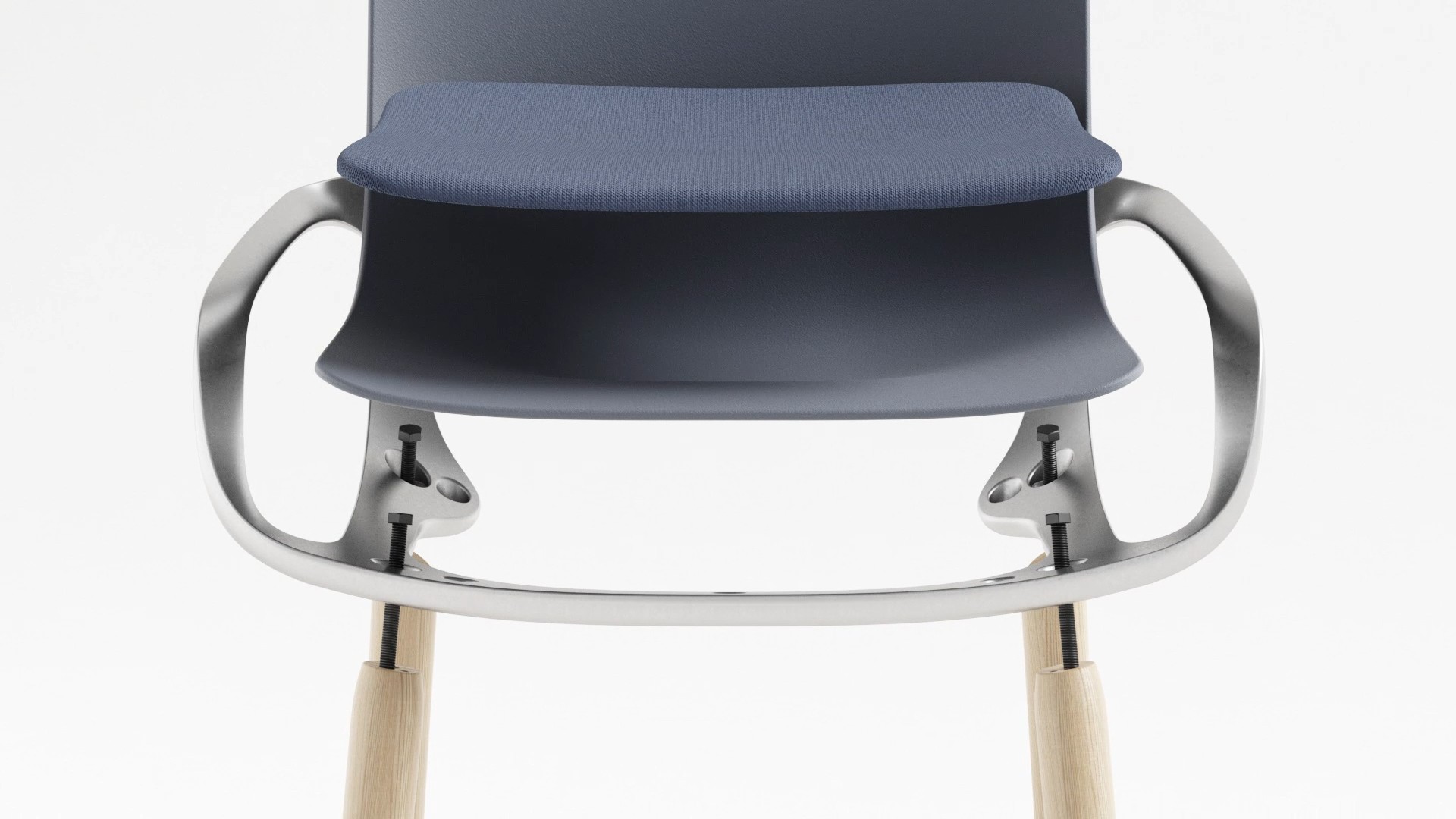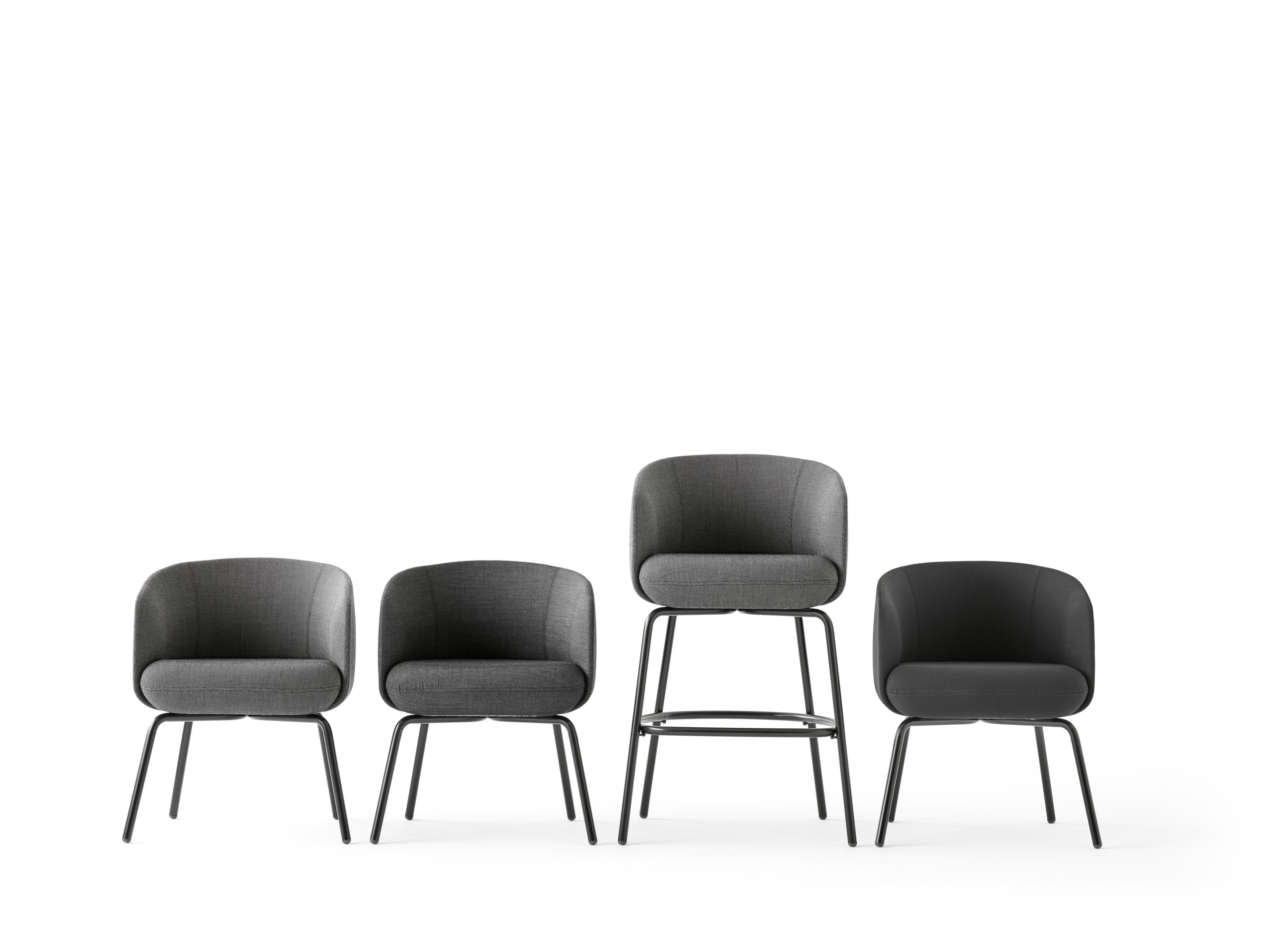What makes Nordic design Nordic?
As someone who has been in the design industry for many years, I find the idea of Nordic Design to be a complex one. While some may find it meaningful, I personally do not think about design as a style. The reality is that style is a consequence of various aspects within culture and industry. The last two decades have seen a flood of new Nordic brands, combining heritage and lifestyle with global supply and distribution. While these brands may be successful, I don’t necessarily think they are specifically Nordic. In terms of national/regional design identities, I believe that the idea primarily serves as a marketing tool for brands and the industry. We like to simplify the complex world around us by categories and labeling, but the reality is much more complex.
For example, the Odger chair for IKEA, which is designed in Stockholm, made from recycled wood and plastic, involves around ten different designers from three different continents collaborating with the IKEA team based in Småland Sweden, produced in Italy, and sold globally.
When we talk about traditional Nordic design, such as functionalism and minimalism, It might not be an accurate representation of the current design work within the region. The world is rapidly changing, and we are seeing two major shifts: globalization and nationalization. As someone who has been in the industry since 2005, I have seen firsthand how Facebook has rapidly brought people closer together, at least digitally. This has created a large playground for designers, with both great potential and huge challenges. The current trend, however, in our countries has undoubtedly swung towards nationalism, and I believe it is just the beginning. This trend has also led to reflections and discussions on supply and the environment.
The rise of the internet and greater connection between countries and regions has destabilized the idea of clear national design identities, but is that really a problem? We live in a world with access to more or less the same information, which leads to more or less the same ideas happening. As designers, we need to focus on driving change and inspiring others to create a more sustainable industry. The lessons that the design world at large can learn from Nordic design include the use of natural materials, craft techniques, and an attention towards long-lasting objects.
However, we need to remember that style is a consequence of culture and industry, and it’s important to focus on transparency and driving change. When discussing Nordic design, it is important to focus on transparency. The Nordic countries are highly democratic, and there is an opportunity for the region in the north to be at the forefront of transparency. This can drive change and inspire other regions to speed up towards a more sustainable furniture industry.
The idea of a clearly identifiable Nordic style may not be a helpful framing of the concept. Style is a consequence of something else, such as the sociopolitical context out of which these designs originated. For example, while Ikea carries a typically “Nordic” aesthetic, the model of production and consumption that the company puts forward seems very far removed from the work of many other Nordic brands and studios.
In conclusion, Nordic design might more be a state of mind rather than a regional trait – characterized by simplicity, functionality, and minimalism. Emphasizing the use of natural materials, neutral colors, and clean lines to create a serene and harmonious living environment. The Nordic design philosophy places a strong emphasis on the quality of materials and craftsmanship, as well as sustainable and ethical production processes. These principles have made Nordic design popular worldwide and have influenced many designers and design movements. Overall, the essence of Nordic design lies in its ability to merge functionality, beauty, and sustainability into a cohesive and timeless aesthetic and it’s really for anyone to embrace.
Today, we see that Nordic design is much more retaliated to a way of working and trying to create a lot with a little. For example we tend to spend our time creating systems within the collections we make. It may not always be visible to the consumer in the end but a lot of our collections are designed to be smart and minimal from a production standpoint. That the same tools can make various products, for example. You can see this in projects like New School for MDD, Odger for iKEA, Epix for Keilhauer, Nest for +Halle, or our latest, maybe most extreme take on this was Unit 1 for Unit Systems – an entire collection of tables, benches, sofas, shelving and much more all made from the same metal joint.
The Nordic democratic culture has also formed our view in hierarchy in a team, how we take decisions, who we collaborate with and how we collaborate with them. Each project in our studio starts with a workshop where everyone in the studio that day contributes with ideas, we each get equal chances to get our ideas through regardless of background, sketching skills or function in the team. Everyone has something unique to contribute with and therefore we tend to ask anyone and everyone what they think about ideas and concepts. Because in the end we know that we are not designing for other designers but for people – anyone’s input might be valid. For example if my mother doesn’t understand and I can’t convince her it then no one will be convinced and then it doesn’t matter how ingenious we think our ideas might be.





